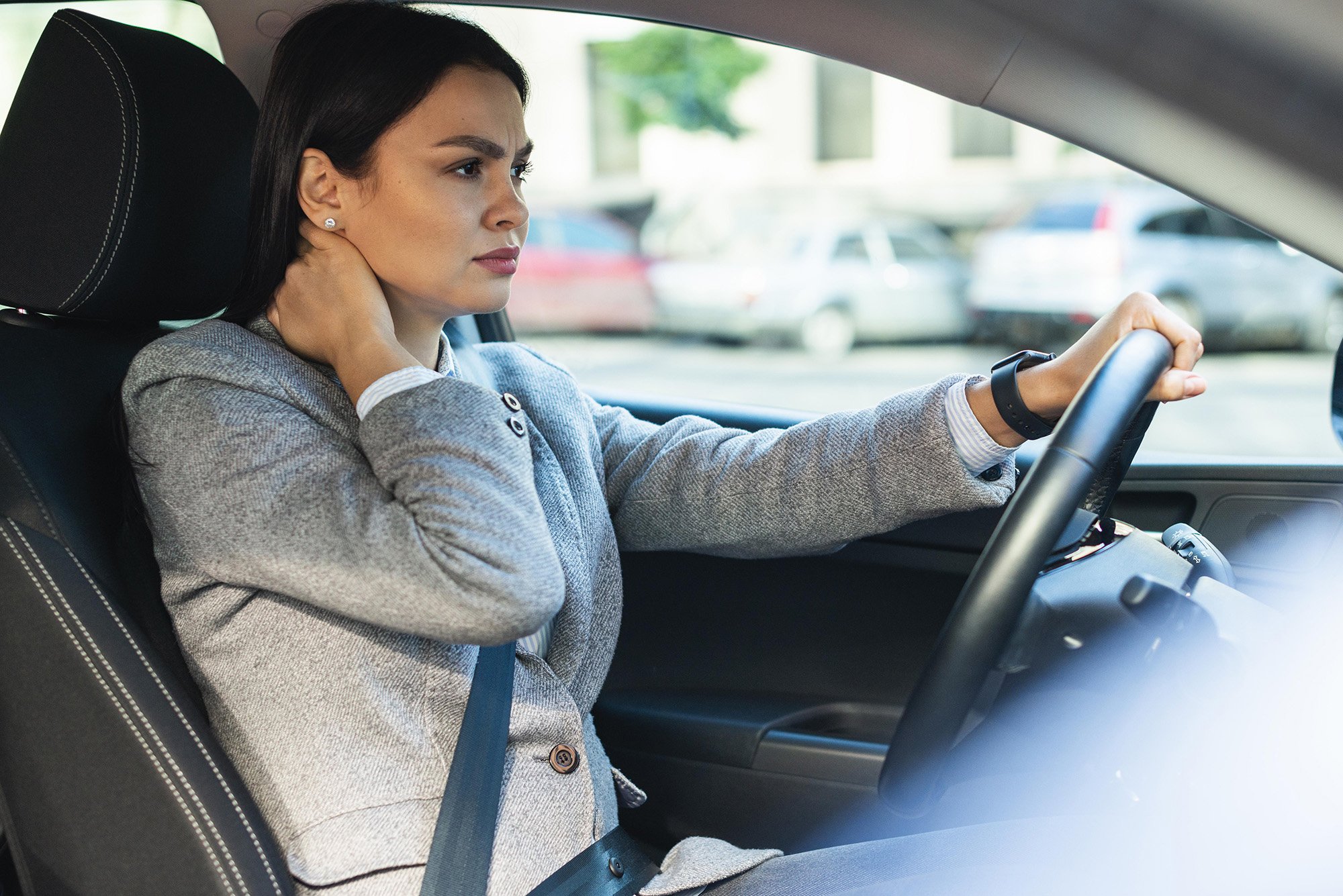There are many activities that can put stress on the spine and lead to back pain. Driving might not be one that you readily think of, but the truth is that driving for a prolonged length of time may lead to back pain. According to one study, 59% of professional truck drivers experience lower back pain. That study also indicated that drivers who worked longer hours were more likely to experience back pain.
If you have had a recent injury or experience regular back pain, driving for long distances can increase the pain. Driving for long distances can even cause some back pain for people who had not previously had any known injury. There are studies that indicate that whole-body vibration can increase the risk for lower back pain and other injuries associated with the lower spine. Whole-body vibration increases while driving and longer periods of exposure, by professional drivers and those who drive long distances, may increase your chances of experiencing back pain.
You may not be able to decrease the number of hours that you spend driving. But there are some tips you can use to help prevent injury while you’re driving and to help minimize back pain if you’re prone to it.
5 Tips to Prevent Back Pain While Driving
- Check Your Posture. Your own Posture will have a great deal to do with a back injury. Many cars and trucks were not created with the optimal seating options for your spine health. It’s up to you to make sure that your posture is ideal for long drives. Your seat should be positioned comfortably and low enough that your knees are slightly higher than your hips while sitting. Slouching, and leaning to one side for long periods can lead to back pain. Your headrest should also be positioned so that you can sit comfortably with your head straight, alleviating neck fatigue.
- Make Sure You Have Lumbar Support. Some driver seats are created with lumbar support, but many are not. You can purchase cushions designed to support the lumbar region. This can be very helpful on long drives, especially for people who have already experienced back pain. If you don’t want to purchase a lumbar cushion, you might be able to find a small cushion that will work in much the same way.
- Get Out and Stretch Frequently. For longer journeys, you need to make frequent stops to stretch. This helps to keep your muscles loose and helps you to alleviate muscle tightness and the possibility of spasms. It also helps to alleviate eye strain that might be caused by concentrating on the road.
- Adjust Mirrors. You want to adjust your mirrors so that they’re perfectly positioned for your height and seating position. If your mirrors are in the right position, you’re less likely to need to turn in odd angles in order to see fully while driving. Turning at these odd angles can cause injury.
- Car Maintenance/Replacement. There are features on newer cars that can help improve vision, such as cameras. Some makes and models simply drive smoother than others, which might be a consideration if you drive for long periods of time. Needing to have the shocks replaced and other maintenance issues can also affect your back while driving. Making sure that your car is in good working order and drives well on the road will help you stave off a back injury.
You may drive a car that features a naturally bumpier ride, such as a jeep or truck. Adding shocks and other features might help. You can also use the other tips on this list to help alleviate back pain. If you do experience frequent back pain, it might be time to visit your orthopedic physician for a full exam to find the best treatment to improve your symptoms.


